Weaving colors in Bali
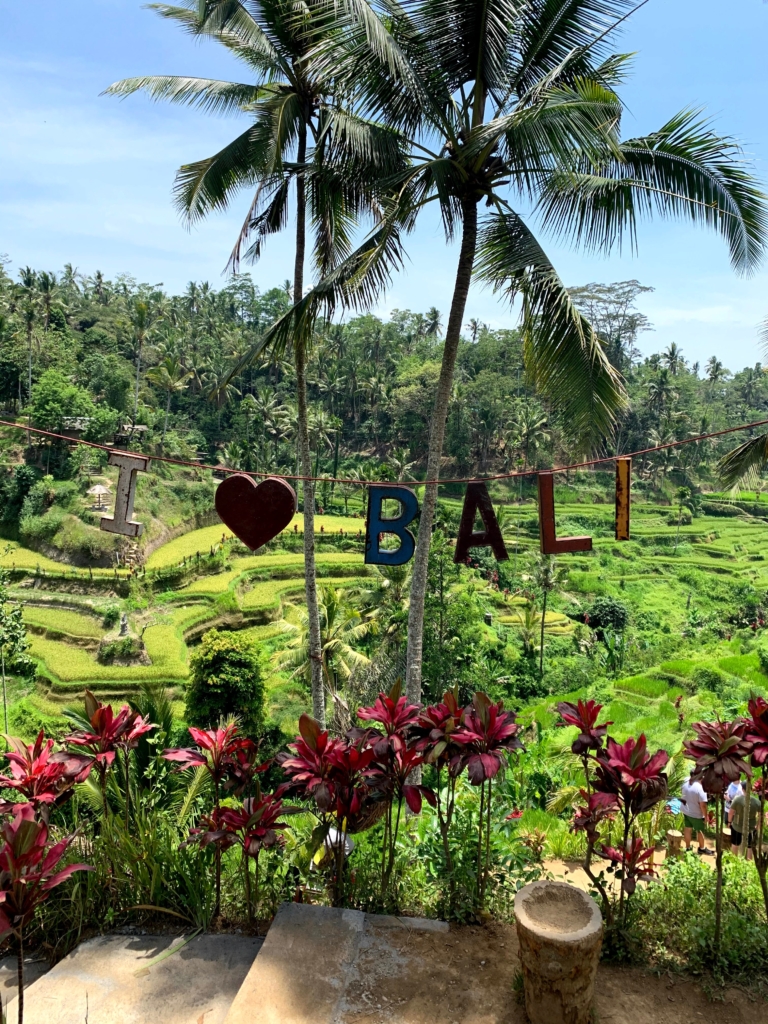
Rice fields 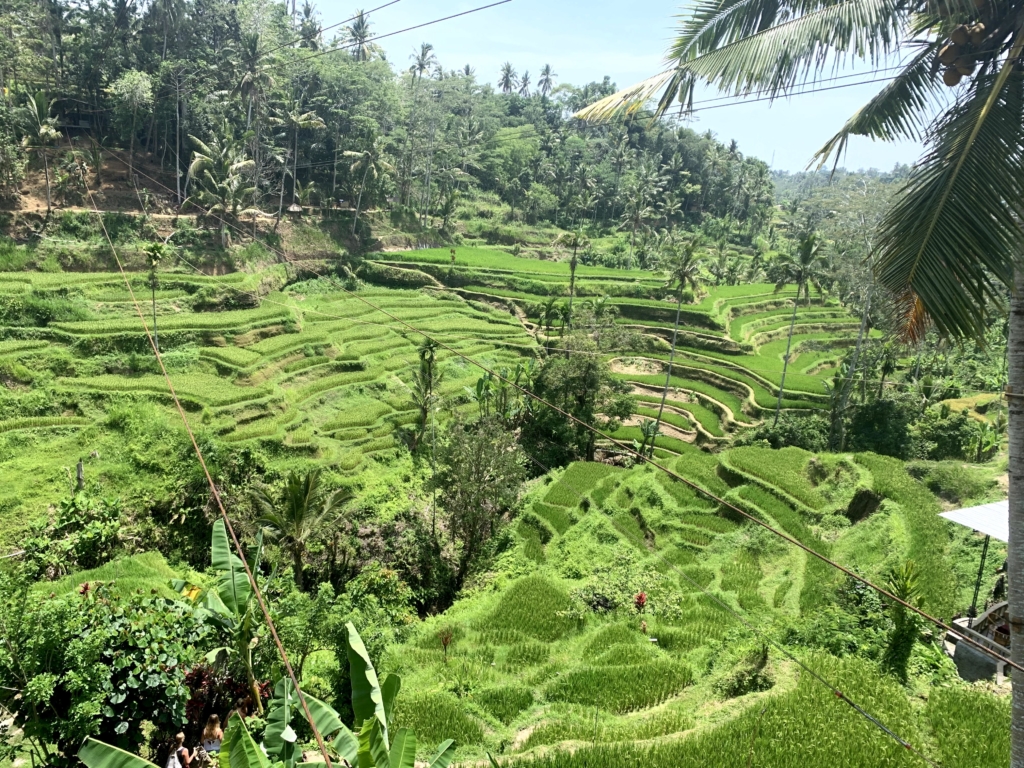
Rice fields
“Borders are drawn by men. Nature doesn’t care”
Nature unite us! Colors unite us! Textiles unite us!
Natural dyes unite us around the world… I’ve come to realize that in almost every corner of the world we can find some natural dye history or fact. And I find that just amazing!
Colors & plants unite us in such a beautiful way!! Our passions converge. And we can all share our paths … no matter how far away we live.
When I was learning about Japanese Sukumo in Japan… I also got the chance to go visit Bali Indonesia for a few days.
I’ve wanted to write about this for a long time. And now is the chance to tell you a little bit more about this experience.
My first stop was at Jasri Bay. While being there I met my brother’s friends, who have been living in Bali for several years, and they took me to an amazing place!
We visited a natural dye & weaving cooperative in Seraya, on east Bali. It is called Karya Sari Warna Alam.
The first thing that amazed me, was the fact that they were using a backstrap loom to weave.
These looms is very similar to the ones used in Mexico. It’s incredible how the techniques are really similar. Even though our countries are really far away from each other.
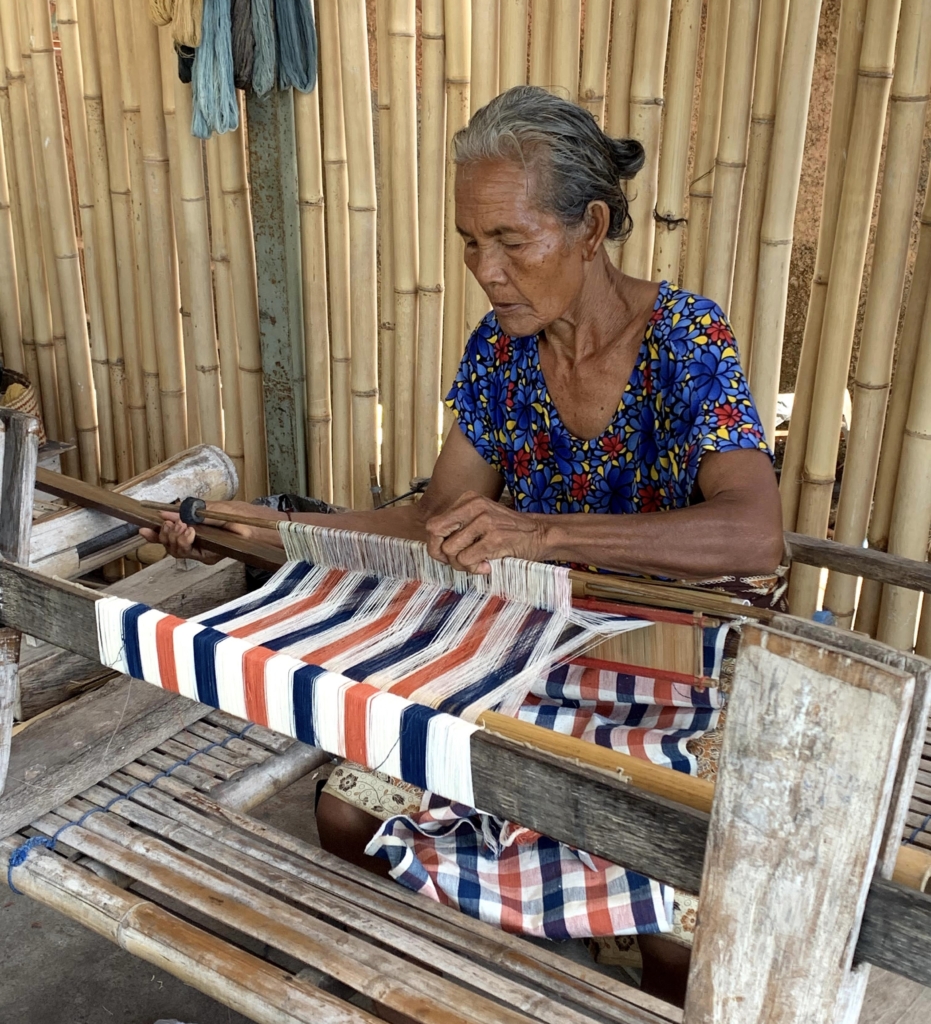
Backstrap weavers 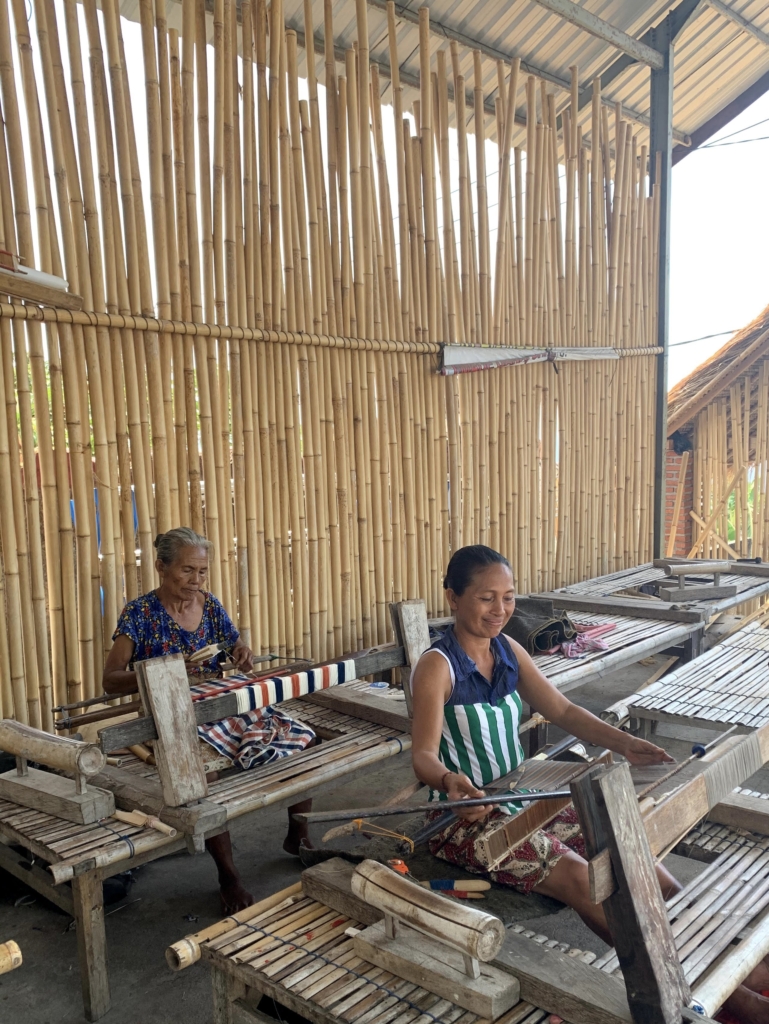
Backstrap weavers
In Mexico, weavers normally use trees or columns to hang their looms.
But the ones I saw in Bali are a bit different, the difference is that they use a wooden device to hang their looms.
They are involved in all the different processes:
Growing plants, spinning cotton, dyeing yarn & weaving on a backstrap loom.
They grow different plants:
They grow cotton, and then they spin this cotton. In order to make threads.
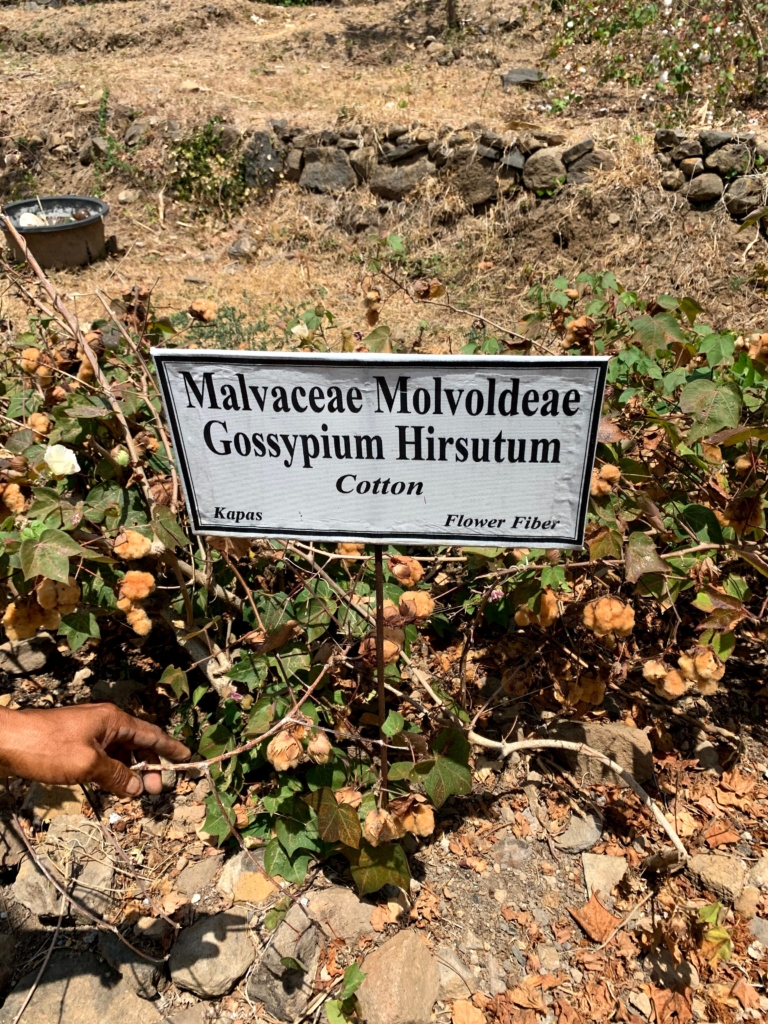
Cotton plant 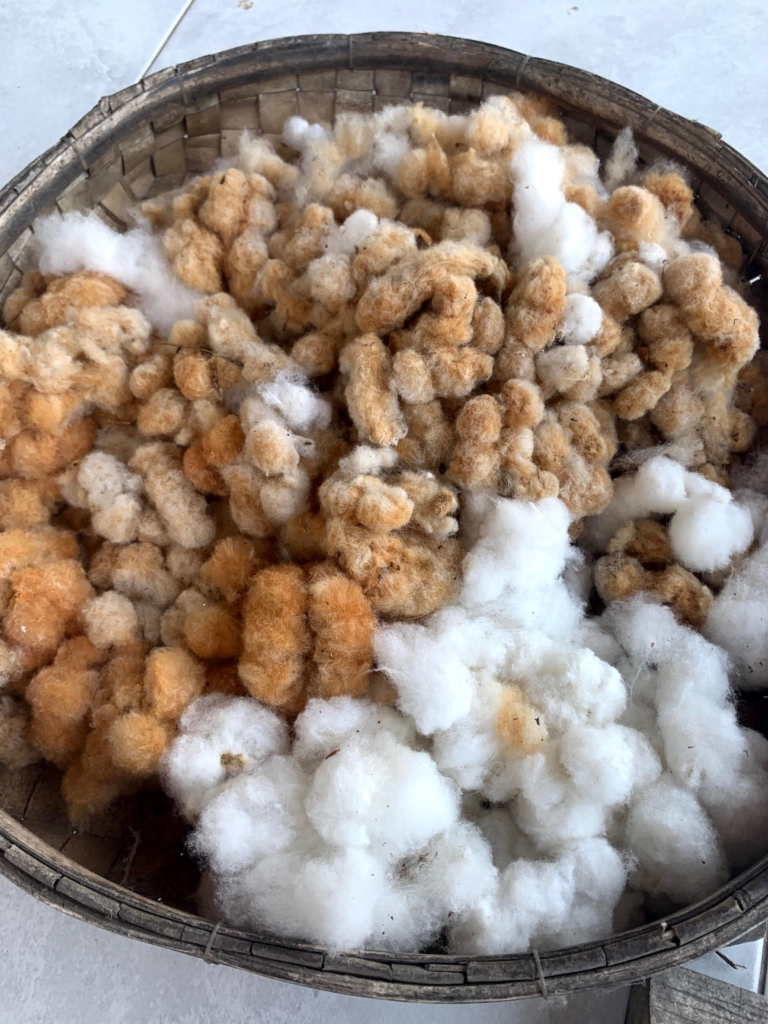
Cotton 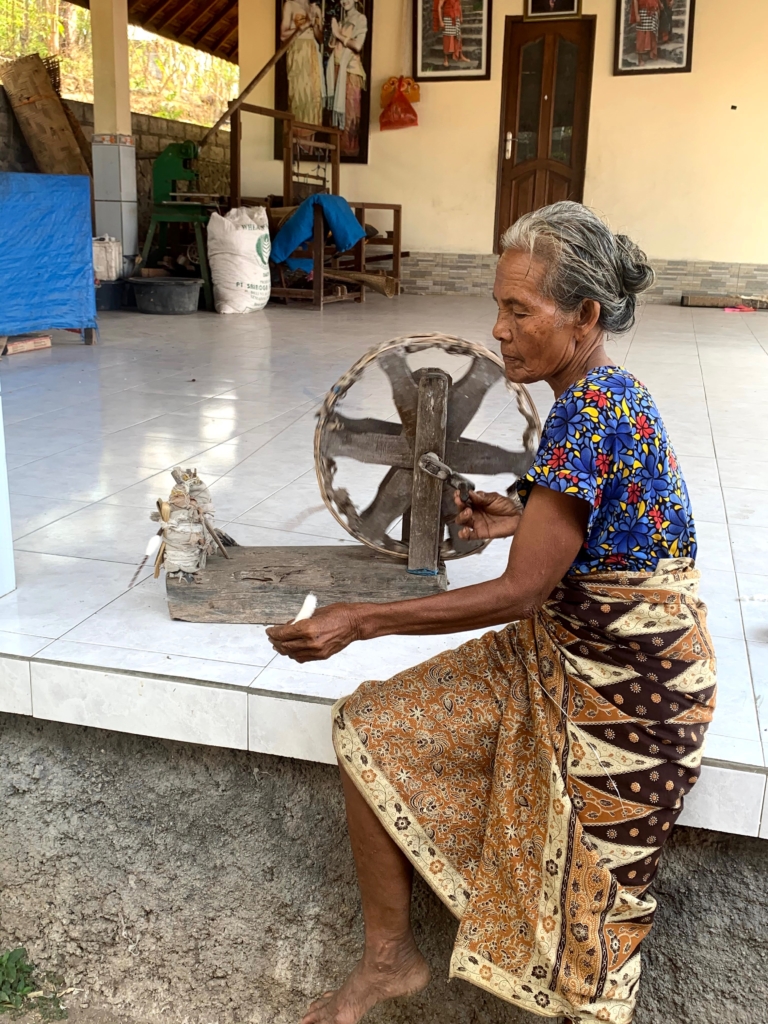
Spinning cotton
They also grow Morinda:
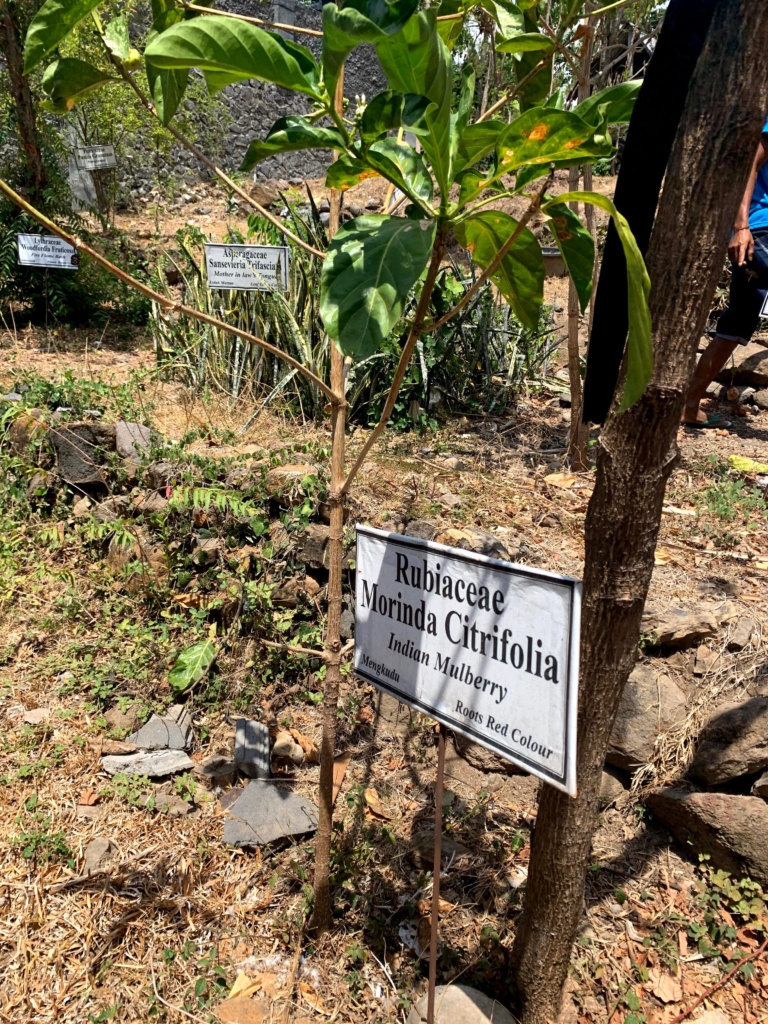
Morinda citrifolia 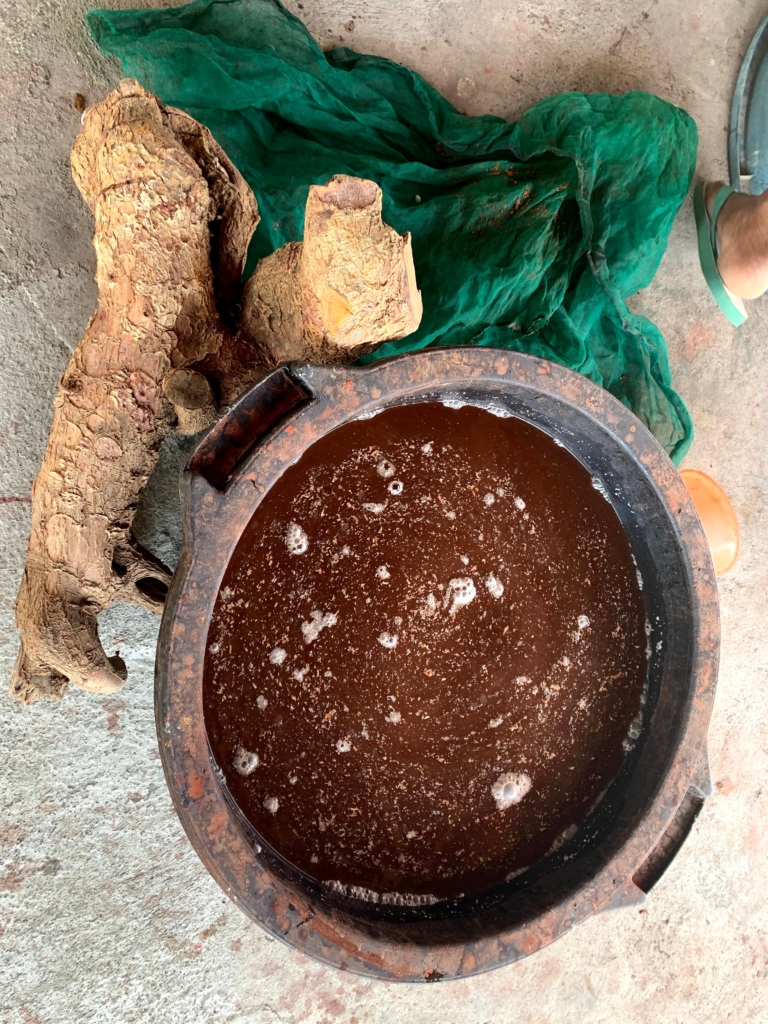
They grow indigo: Strobilanthes cusia (indigo type) :
They are also involved in the indigo extraction process. They didn’t explain that much. But I think it’s a similar method to the one they use in Oaxaca Mexico, but a smaller amount.
(**If you want to learn more about the indigo extraction process in Mexico, CLICK HERE to read a post I wrote)
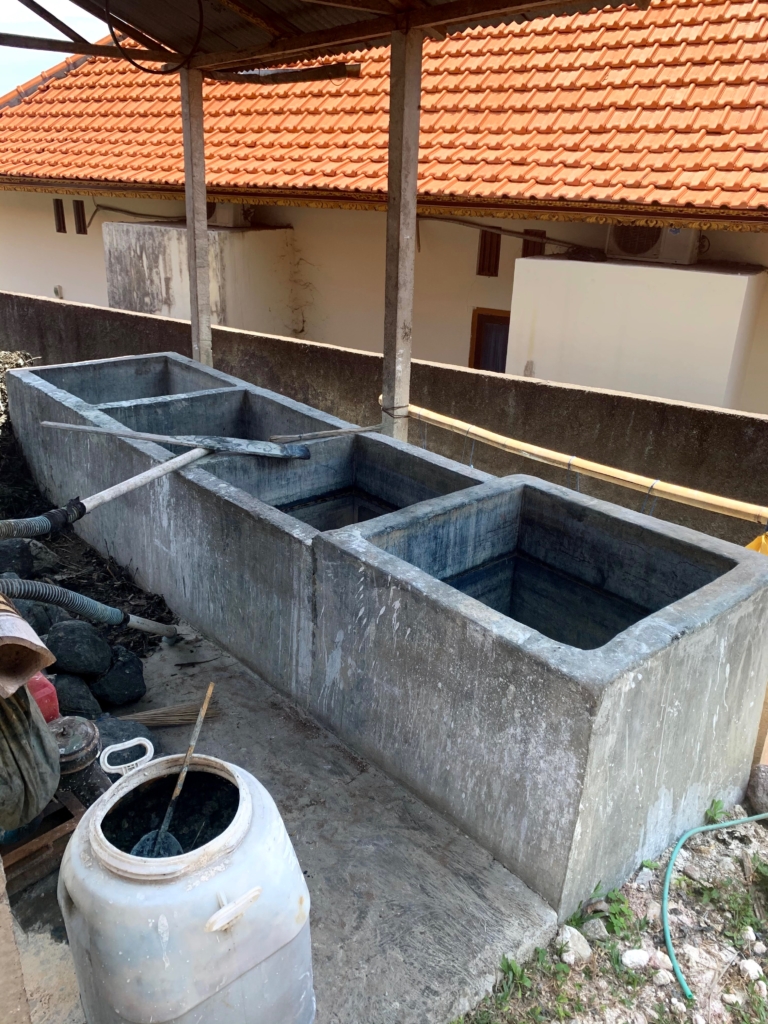
Indigo pools – extraction process 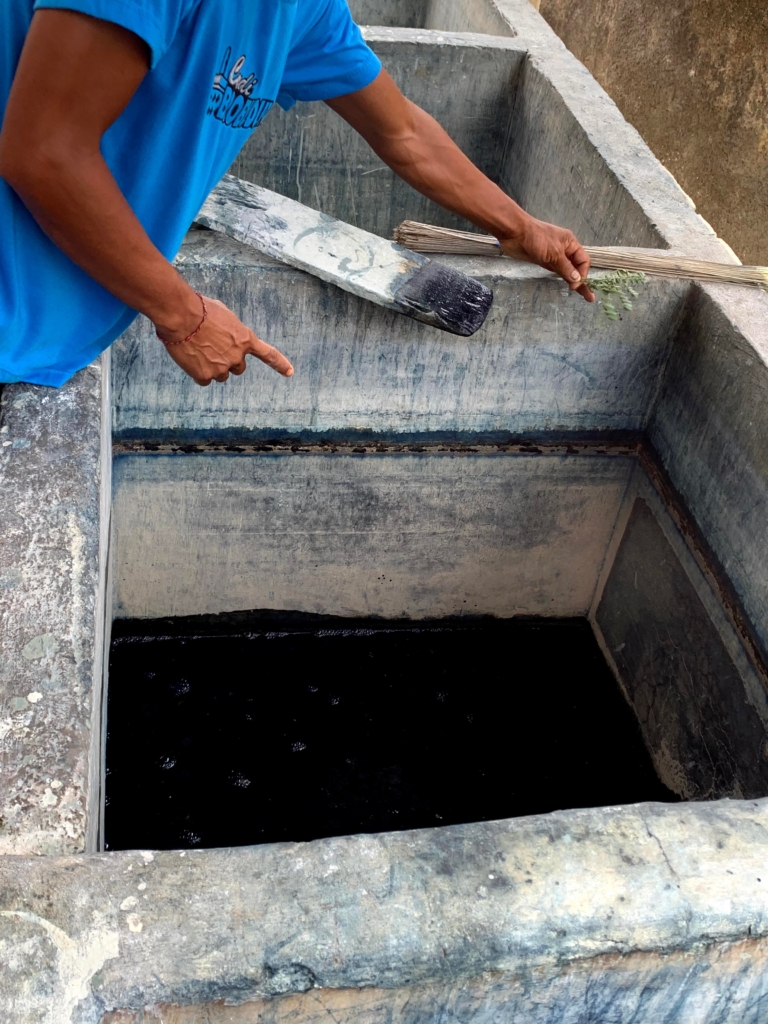
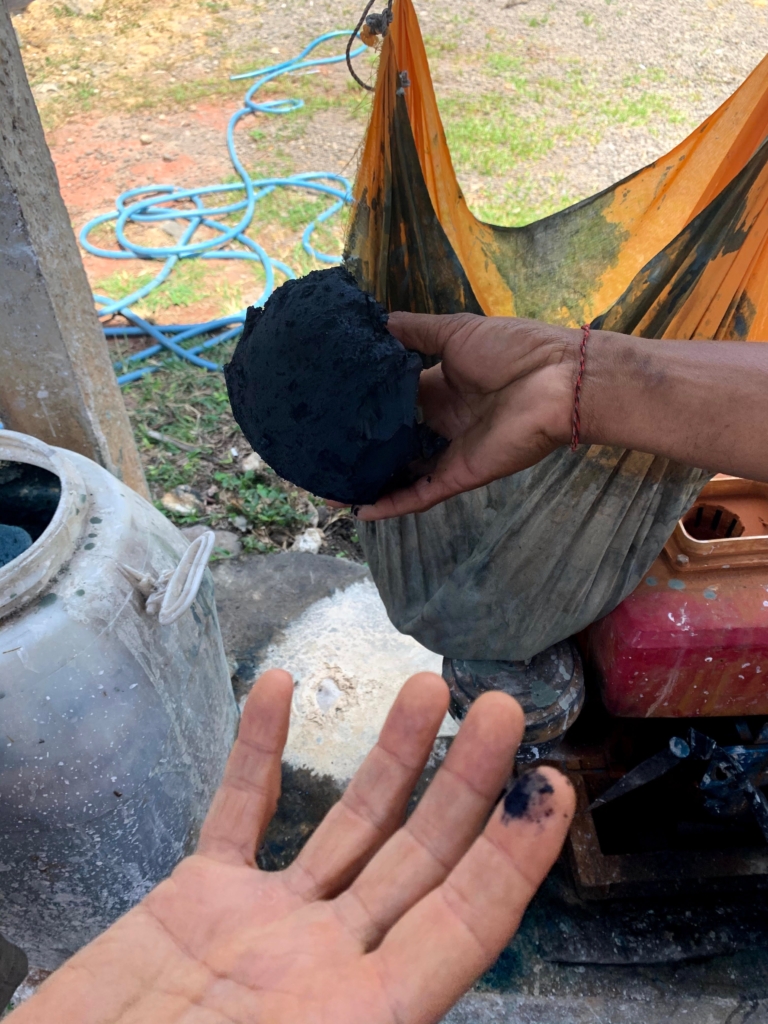
Indigo pigment
Once they have the indigo pigment, they prepare an indigo vat using sugar cane as reducing agent.
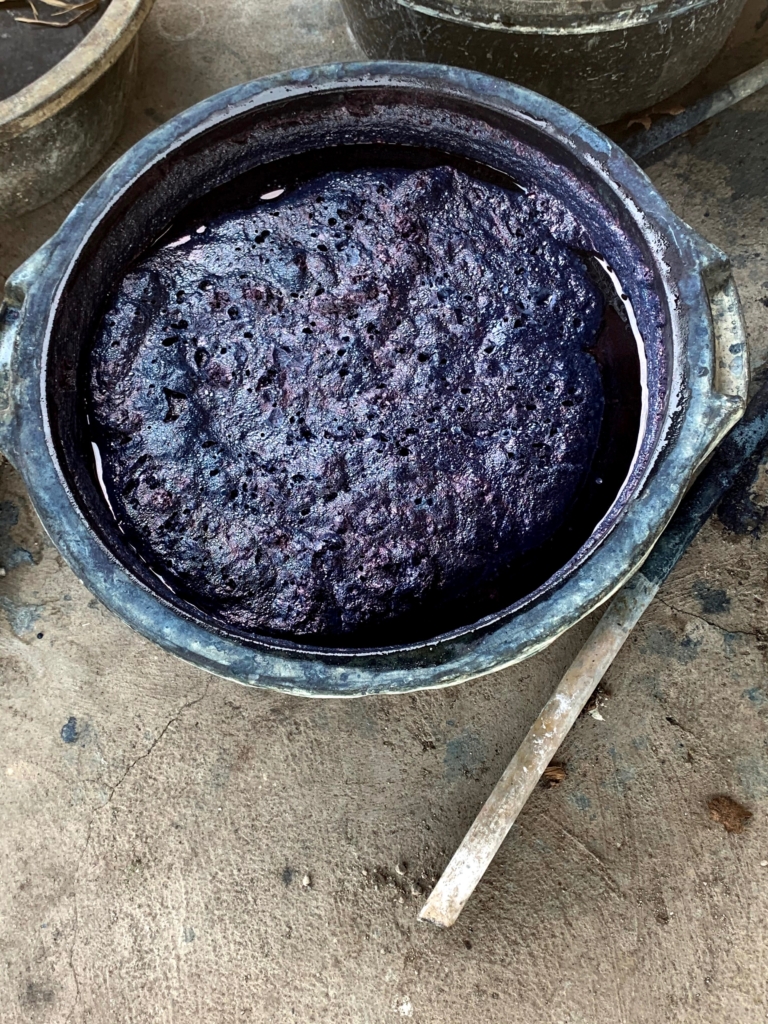
Indigo vat 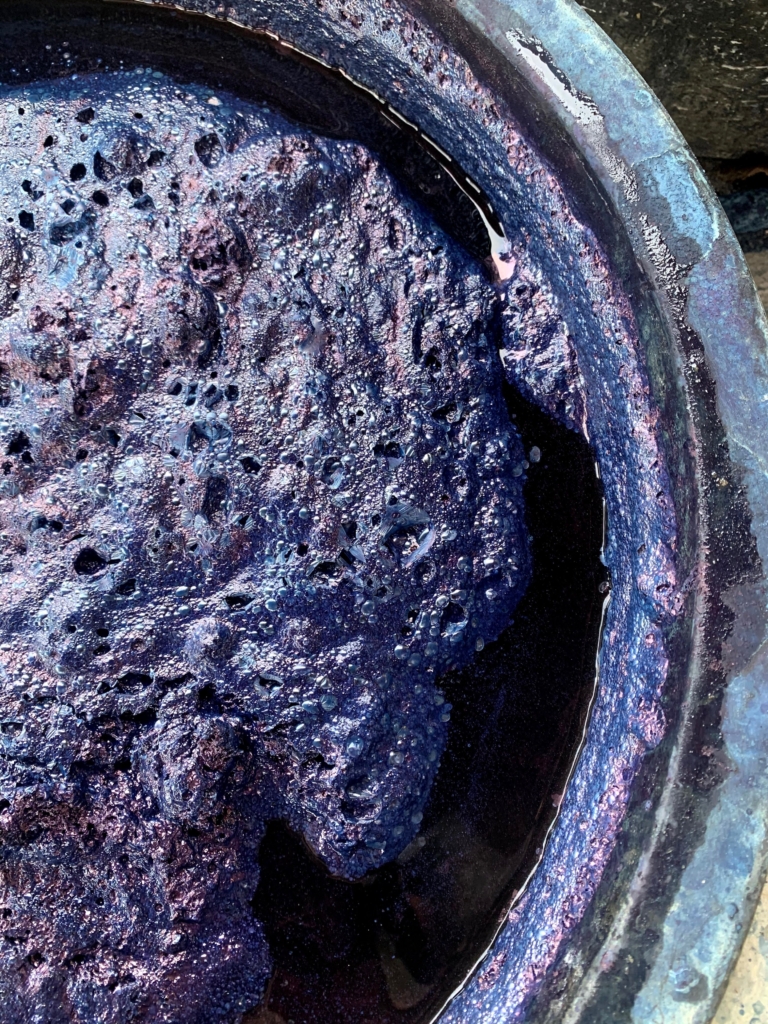
Indigo vat 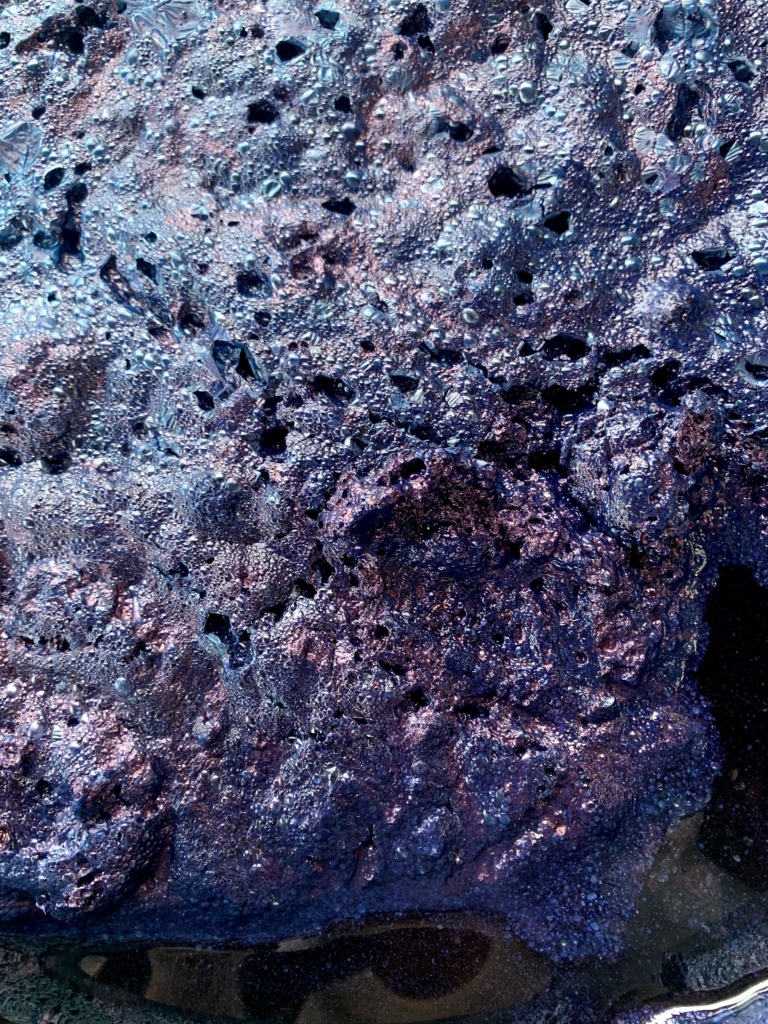
Indigo vat
It’s impressive how they are involved in all the different process!!!
Here are some pictures of the dyeing part:
Natural dyes / They dye with:
Indigo (strobilanthes cusia) ——————————- blue
Morinda – noni bark ( morinda citrifolia)———— orange/red
Pomegranate fruit skin (punica granatum)———yellow
Woodfordia fruticosa (woodfordia fruticosa) ——brown
Santen (santen bark skin)————————————pink
Areca nut (areca catechu)———————————-grey
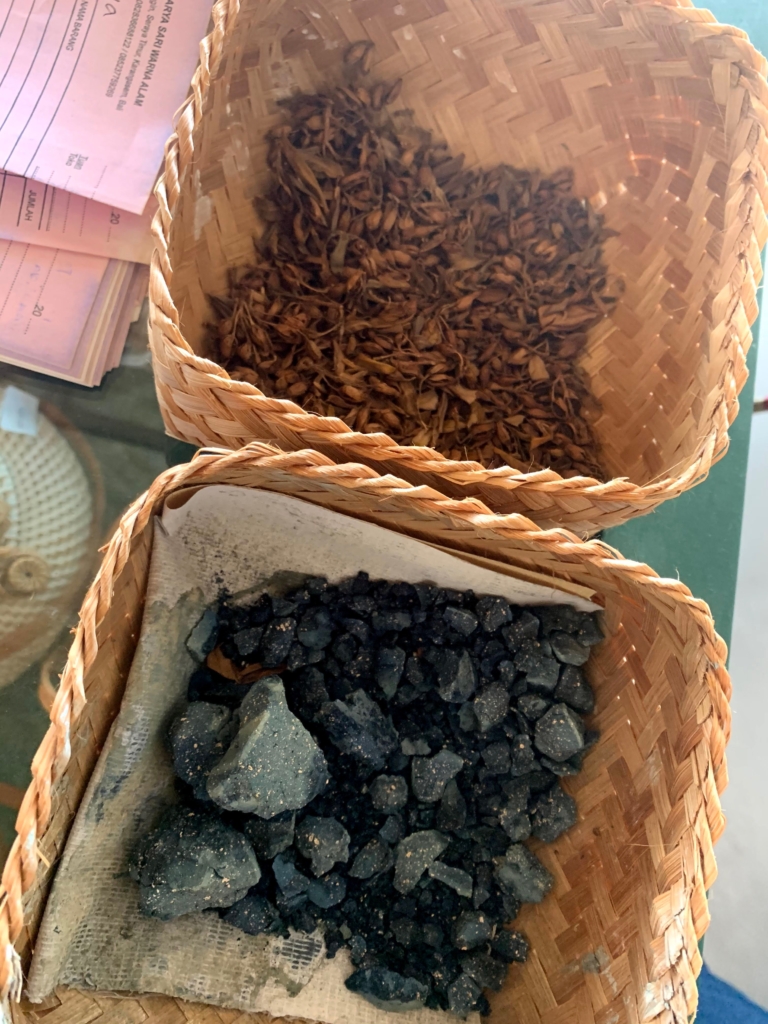
Natural dyes 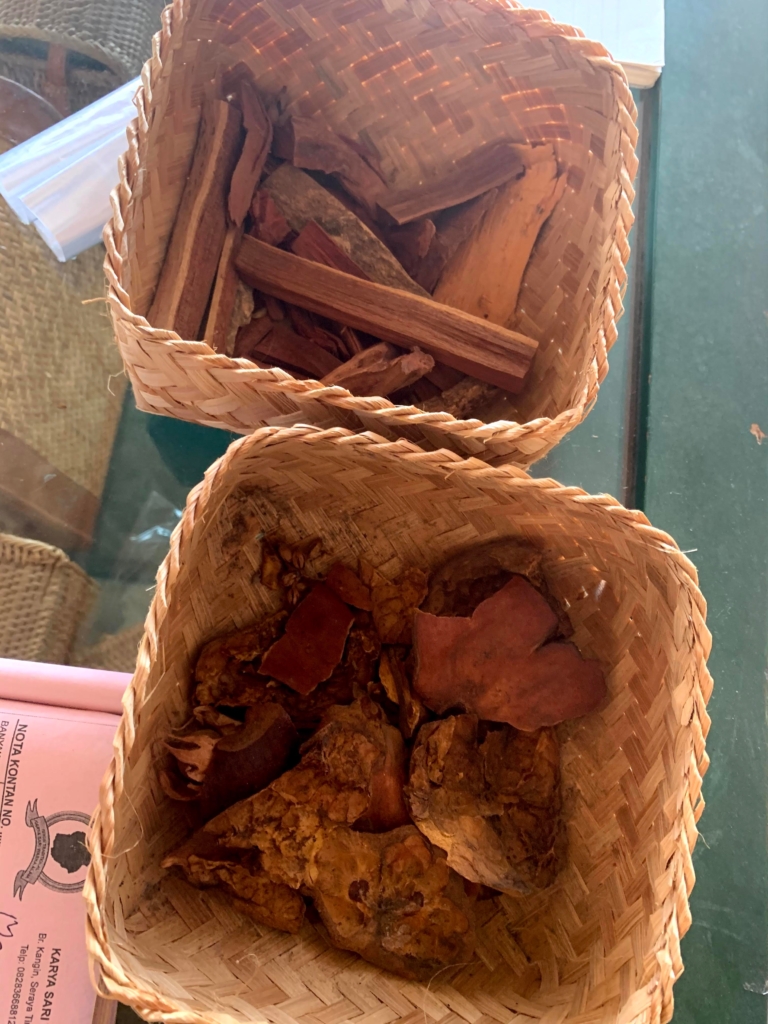
Natural dyes
It’s amazing to see all the knowledge & experience these artisans have!!
You can also find a small store in this place. Where you can see the most amazing textiles!!
All dyed & woven by them.
It was an amazing experience. I never thought I would be able to visit some weavers & dyers in a place so far away from my home.
I’m really grateful for that!
I learned there are a lot of weavers & dyers in Bali and they all have amazing textiles techniques.
There’s also an organization called THREADS OF LIFE. It was founded by an English men called William Ingram & his wife.
They work with different artisans all around Bali, and they sell these textiles in Ubud & around the world.
They also give natural dye & batik workshops. I also visited this place near Ubud. And its really amazing. I really recommend it.
(** Ubud is a balinese town I highly recommend )
(**CLICK HERE to see Threads of Life website)
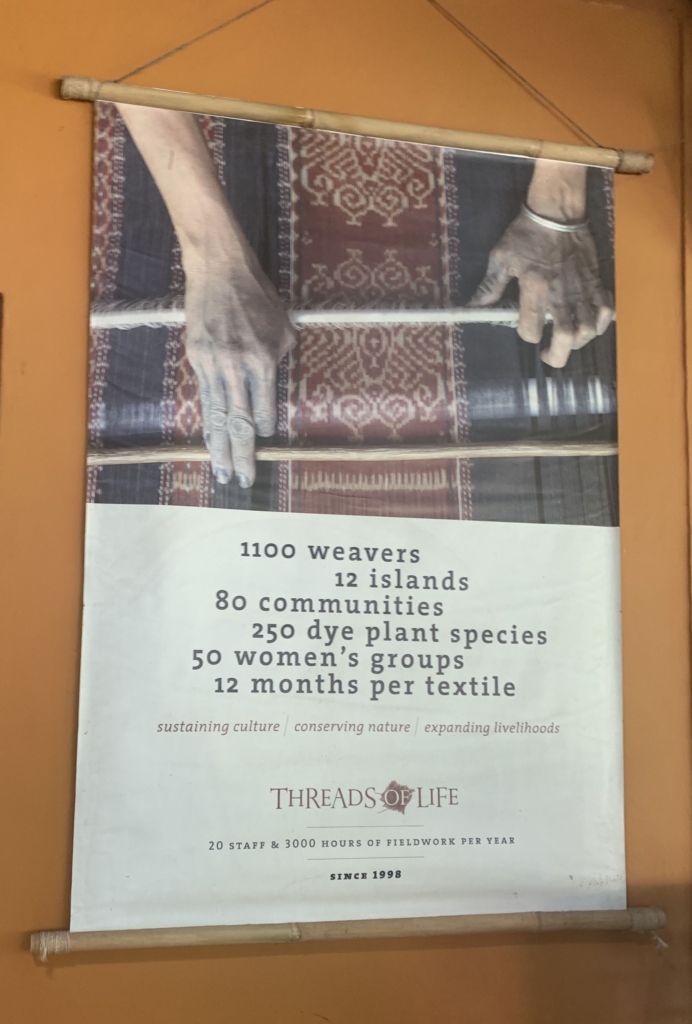
Rocío Mena – Zikuri
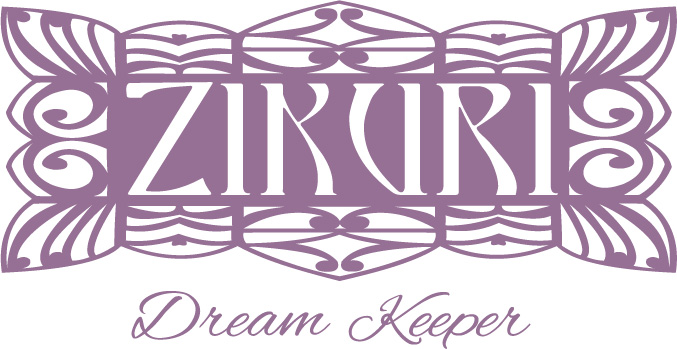

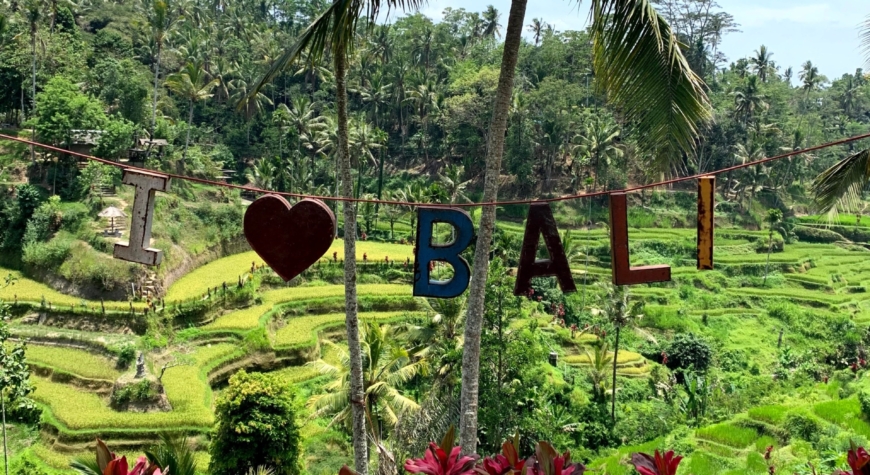
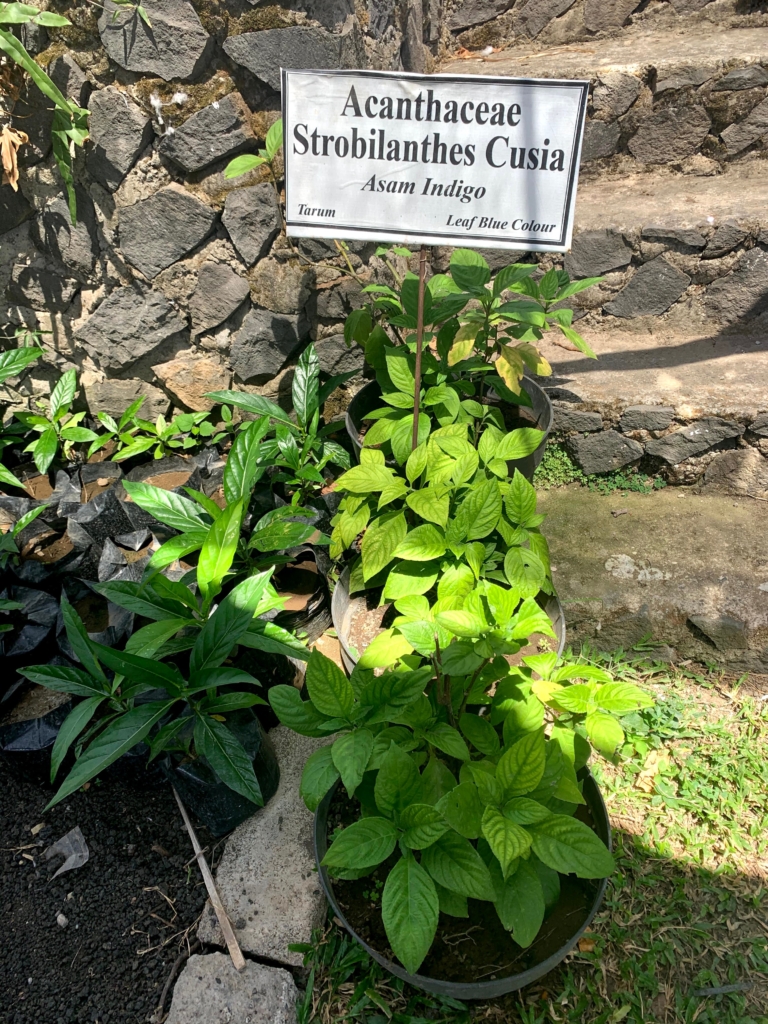
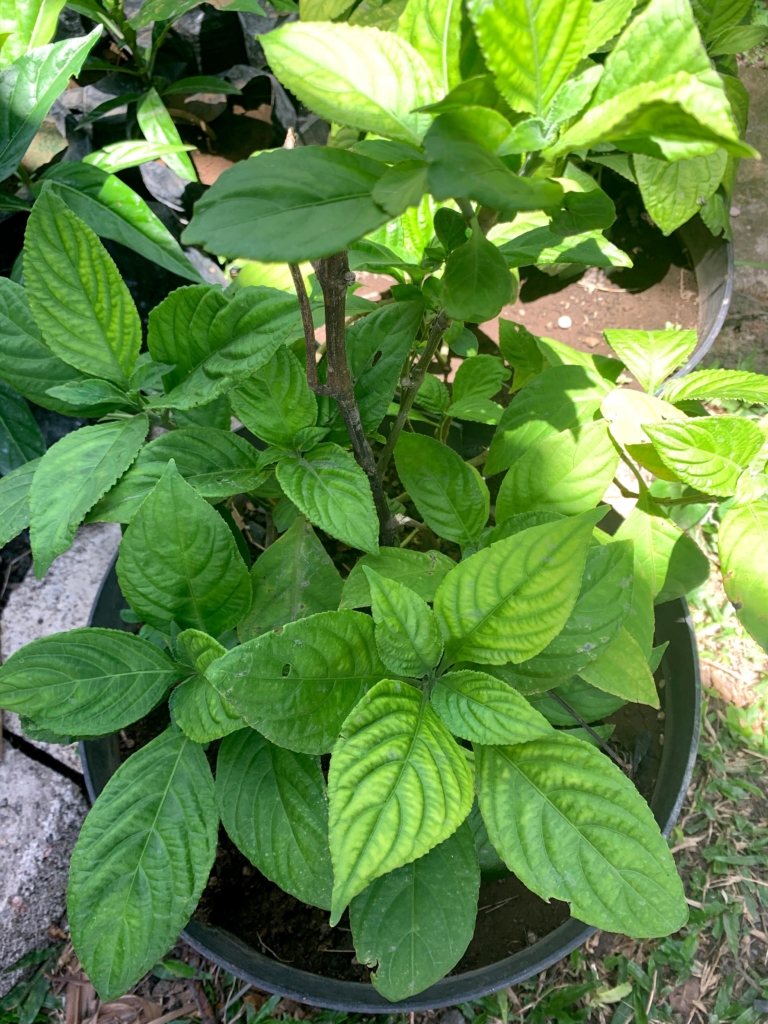
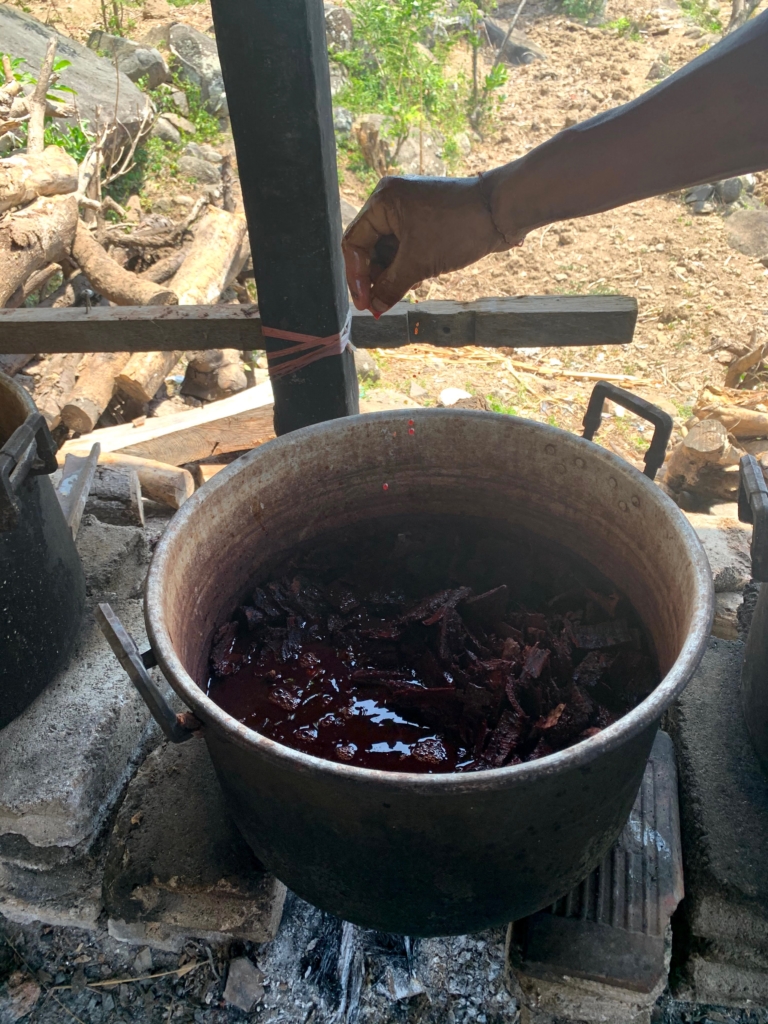
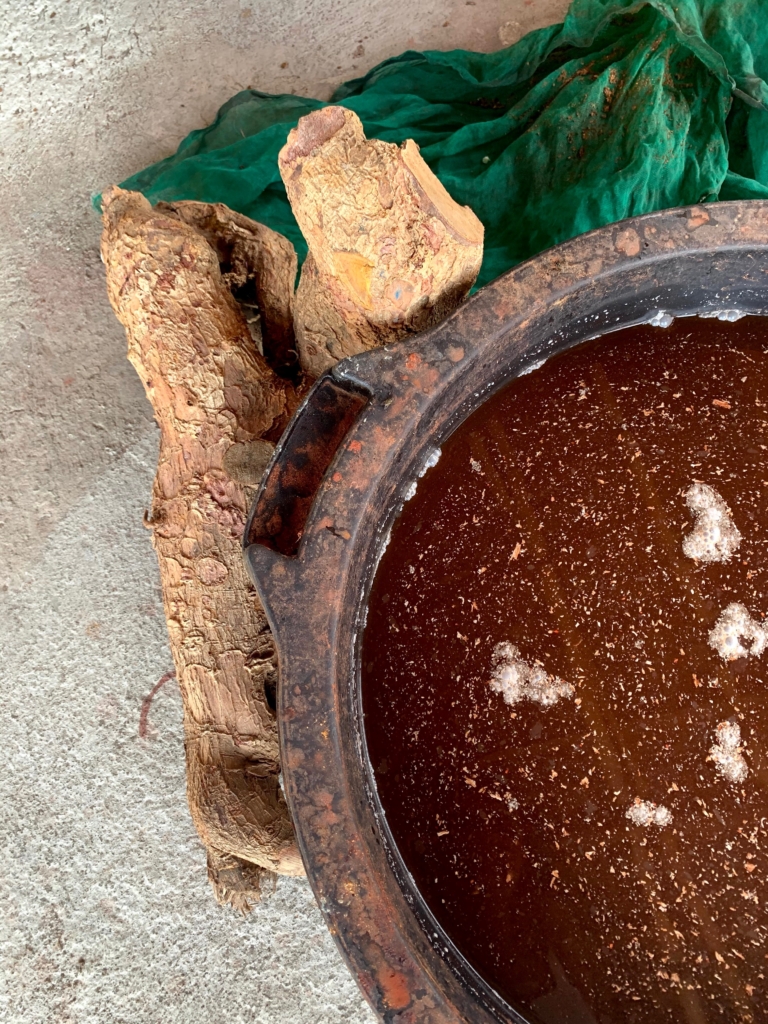
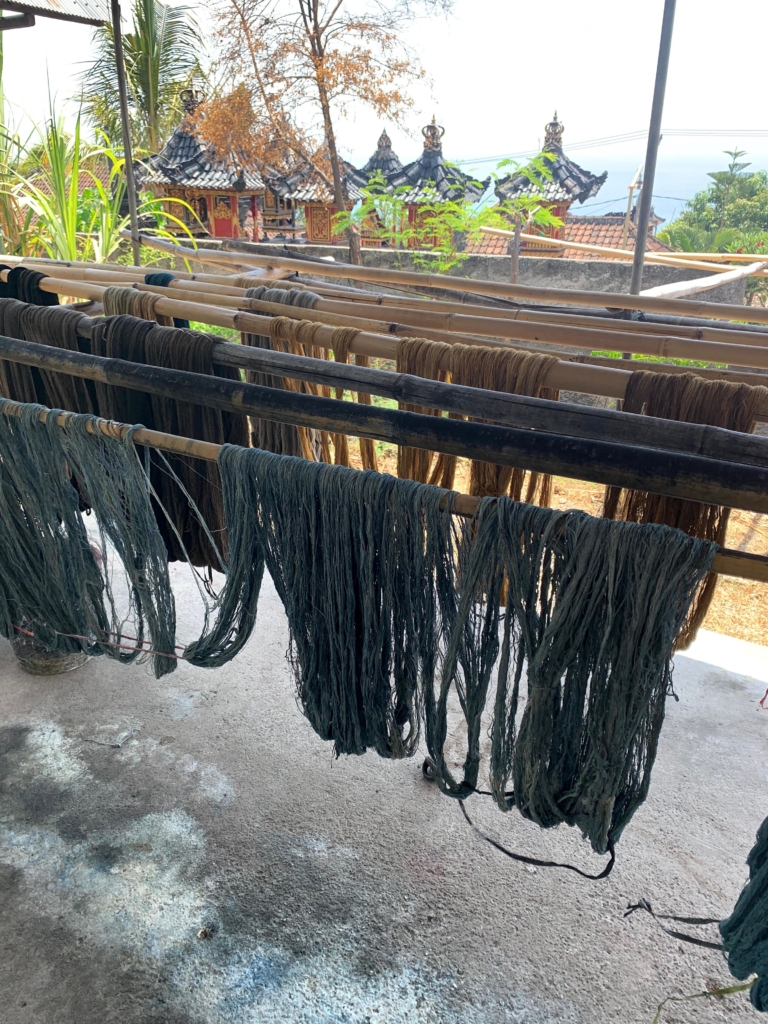
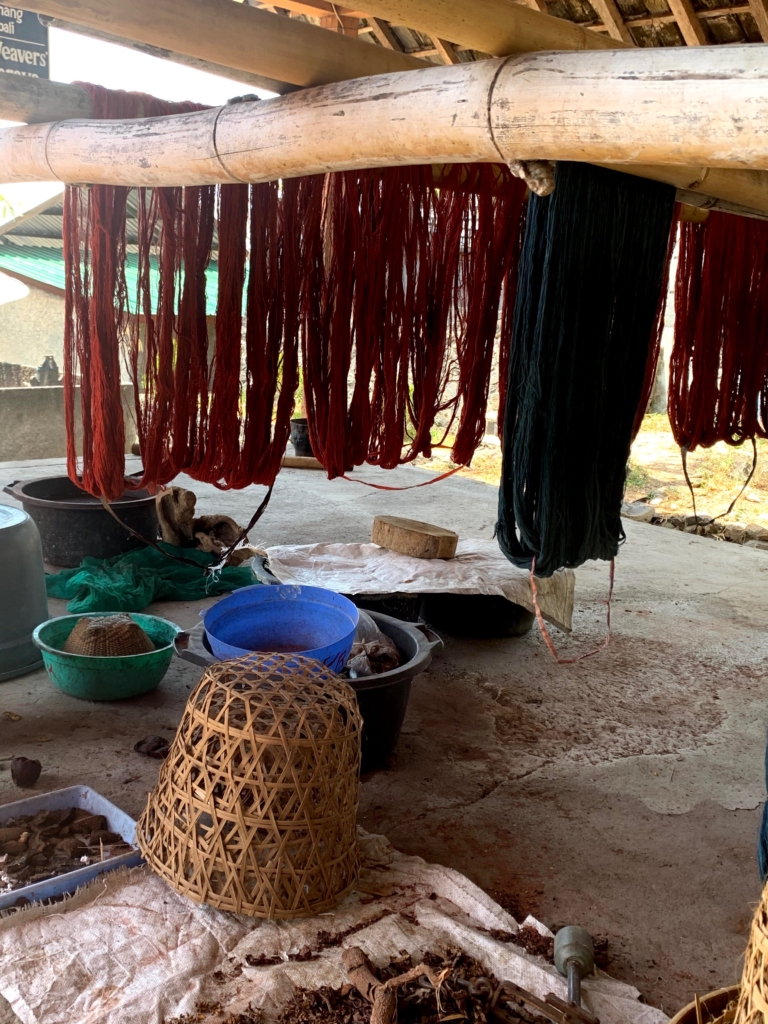
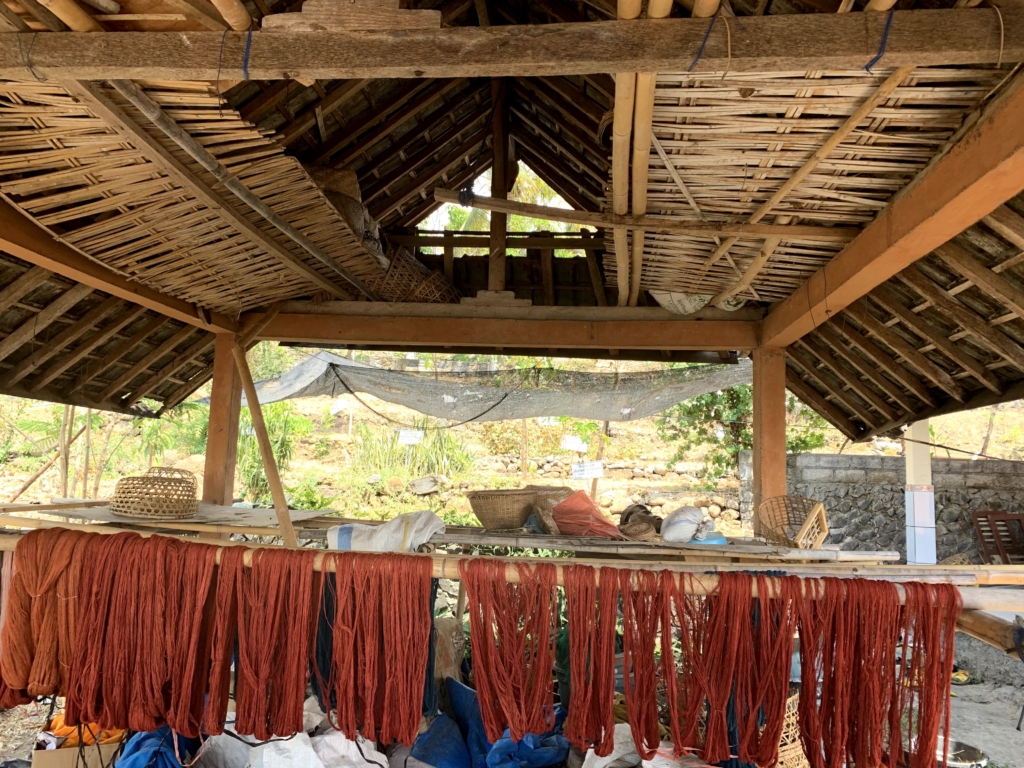
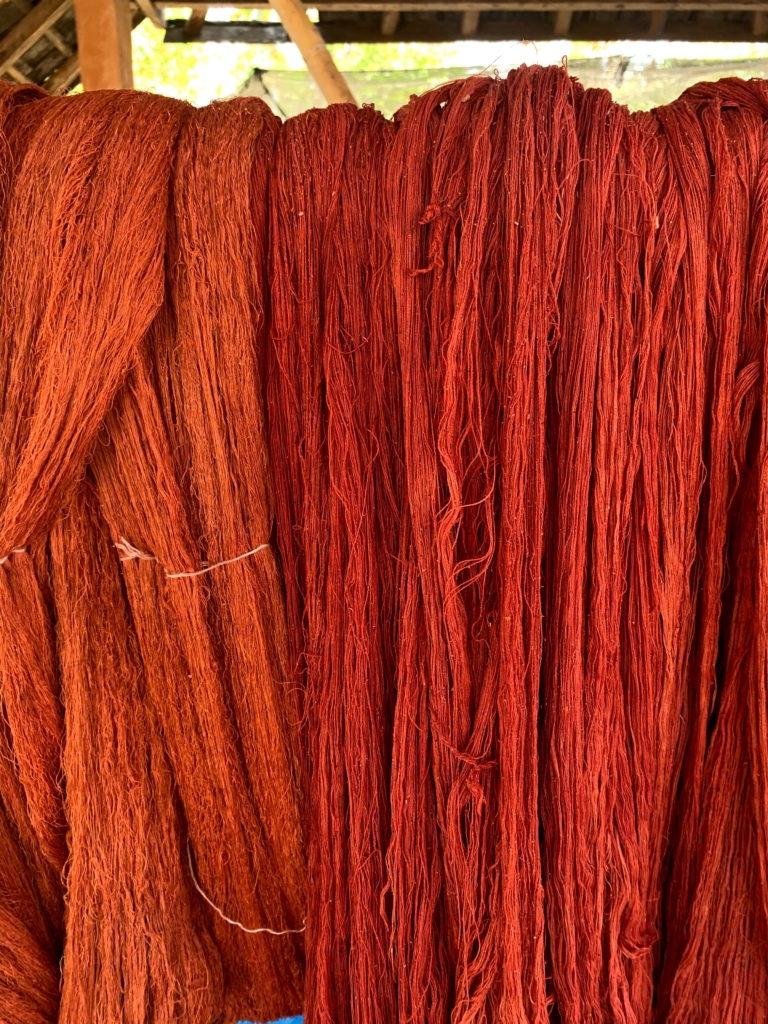
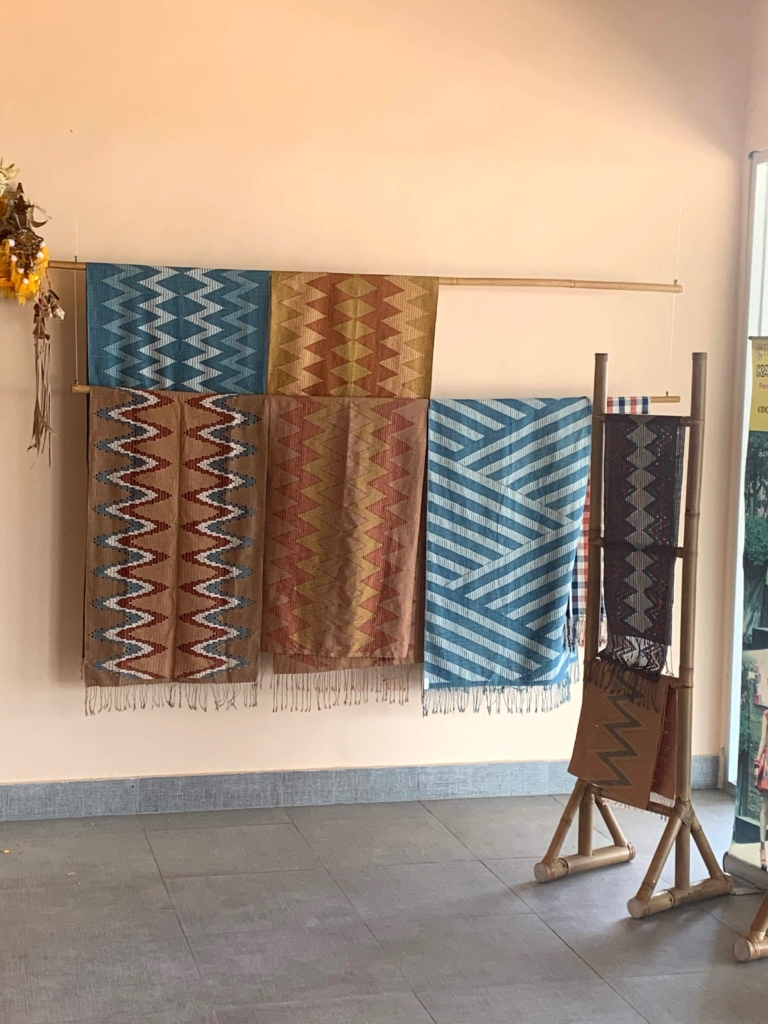
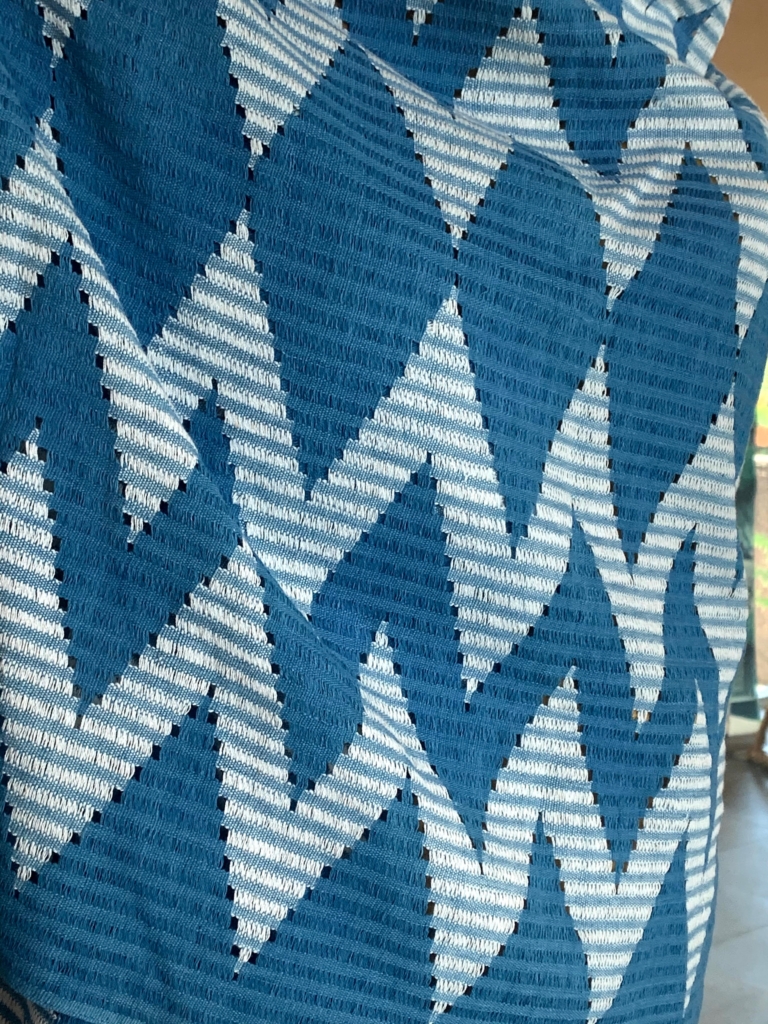
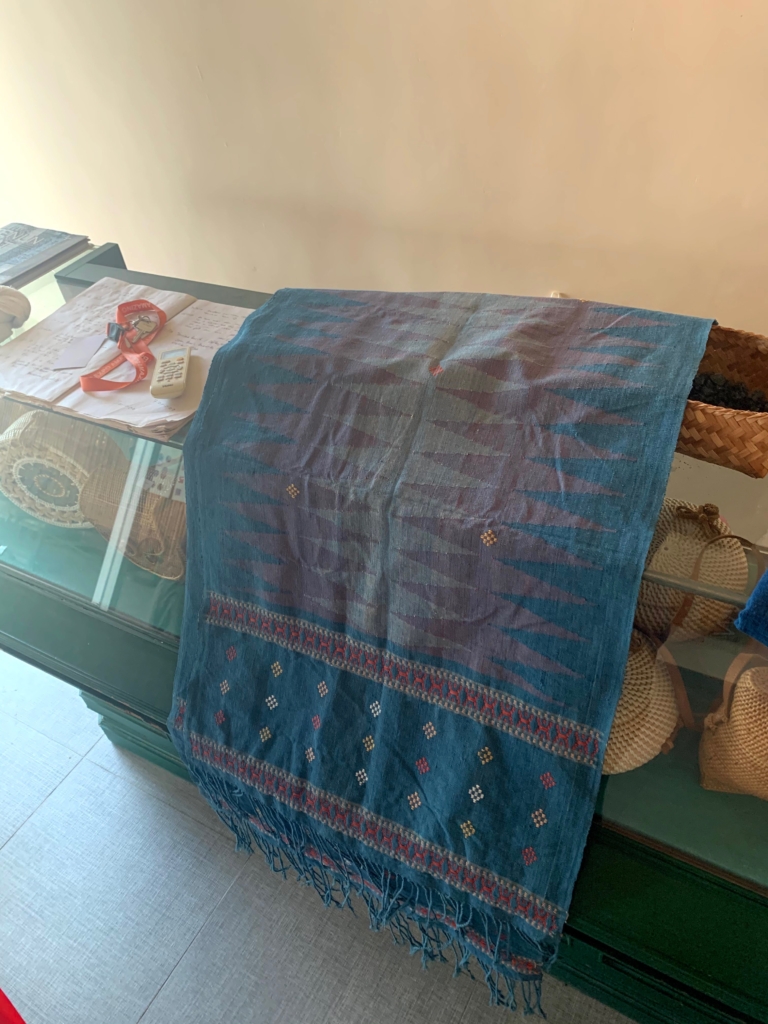
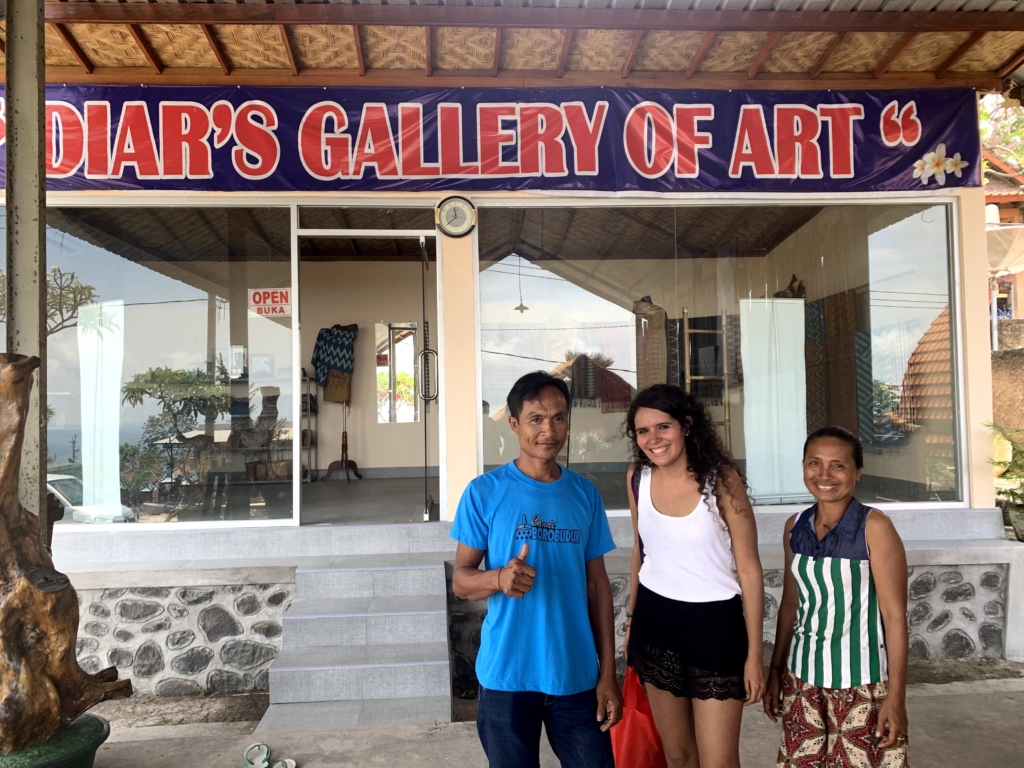
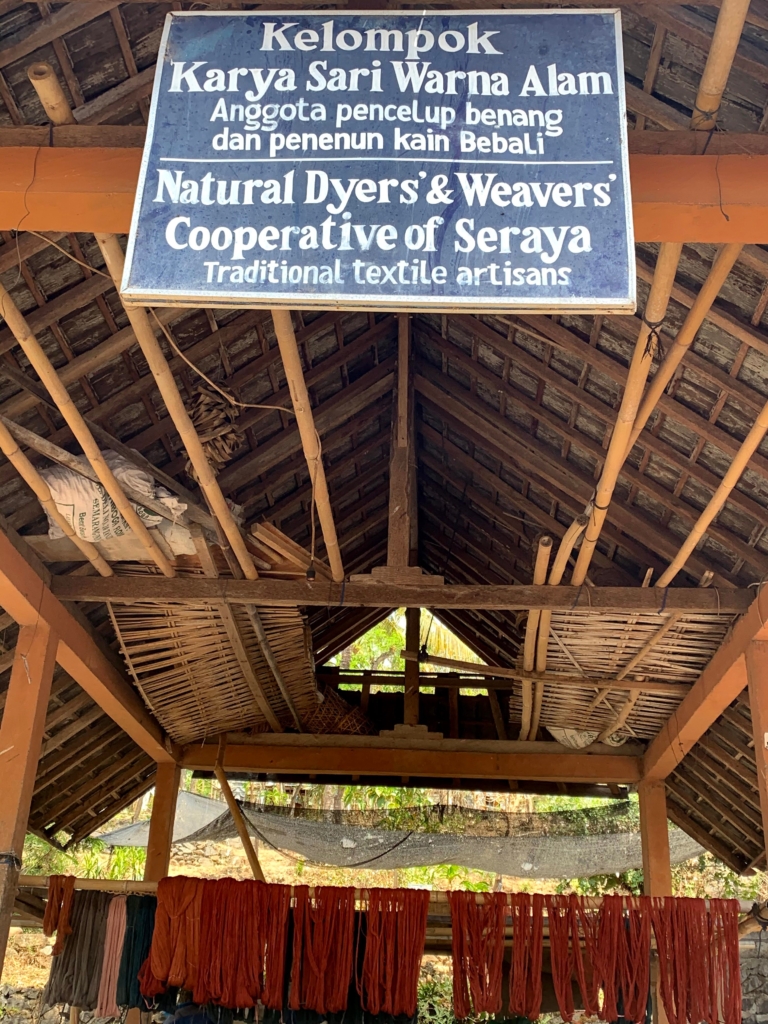
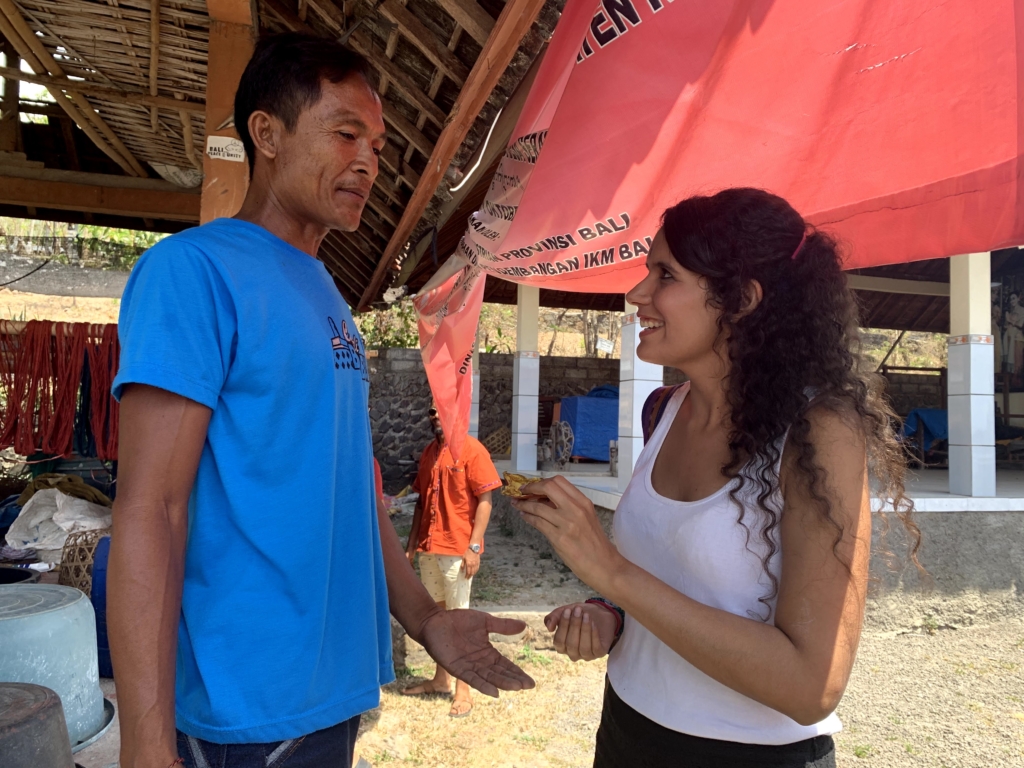
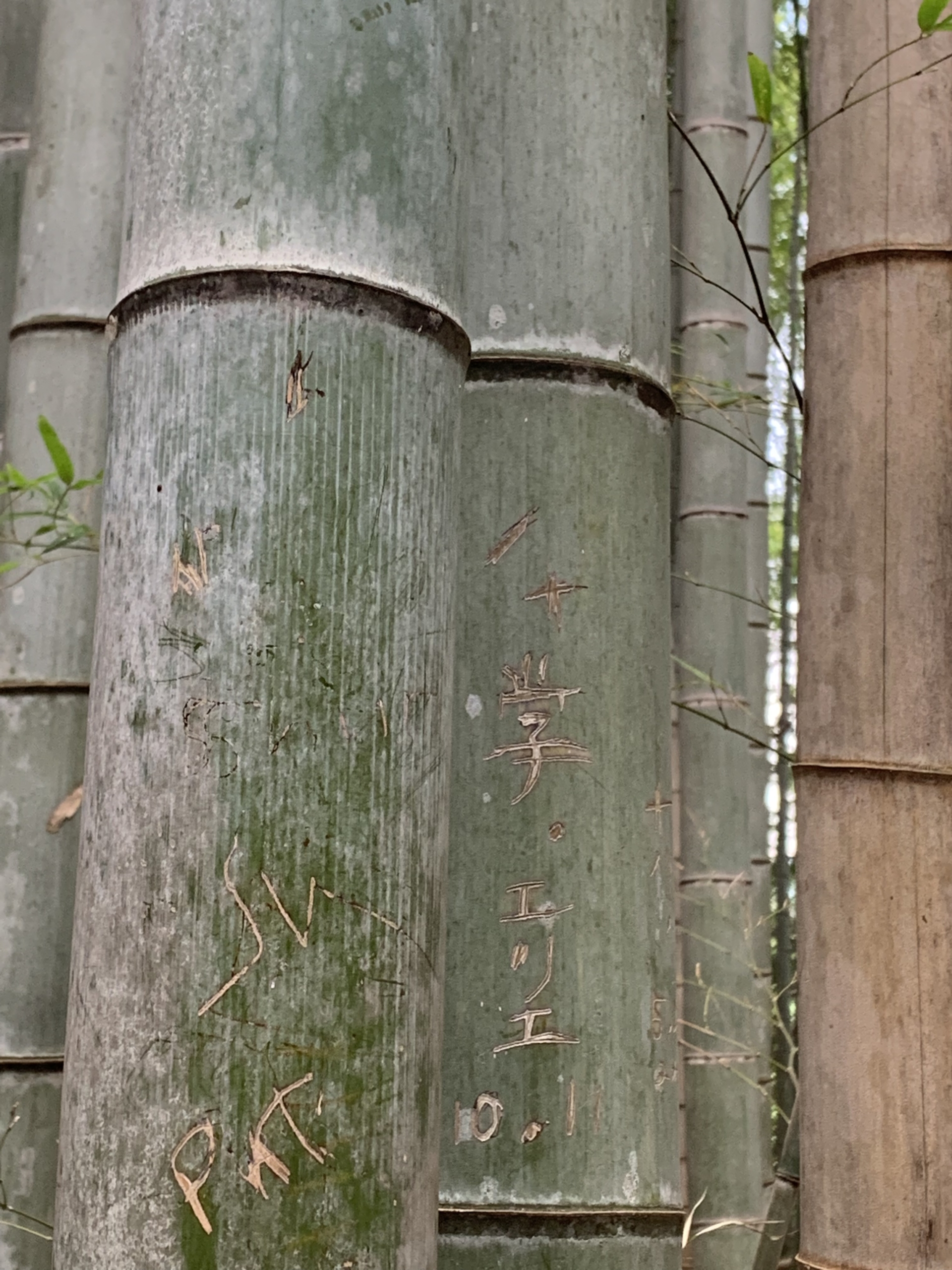

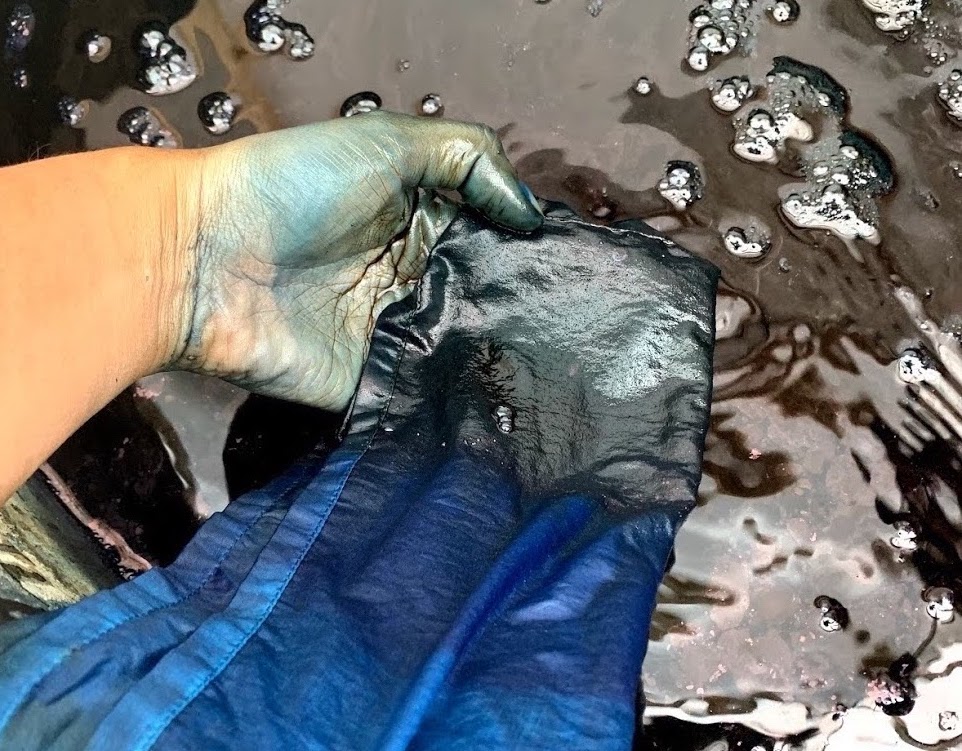
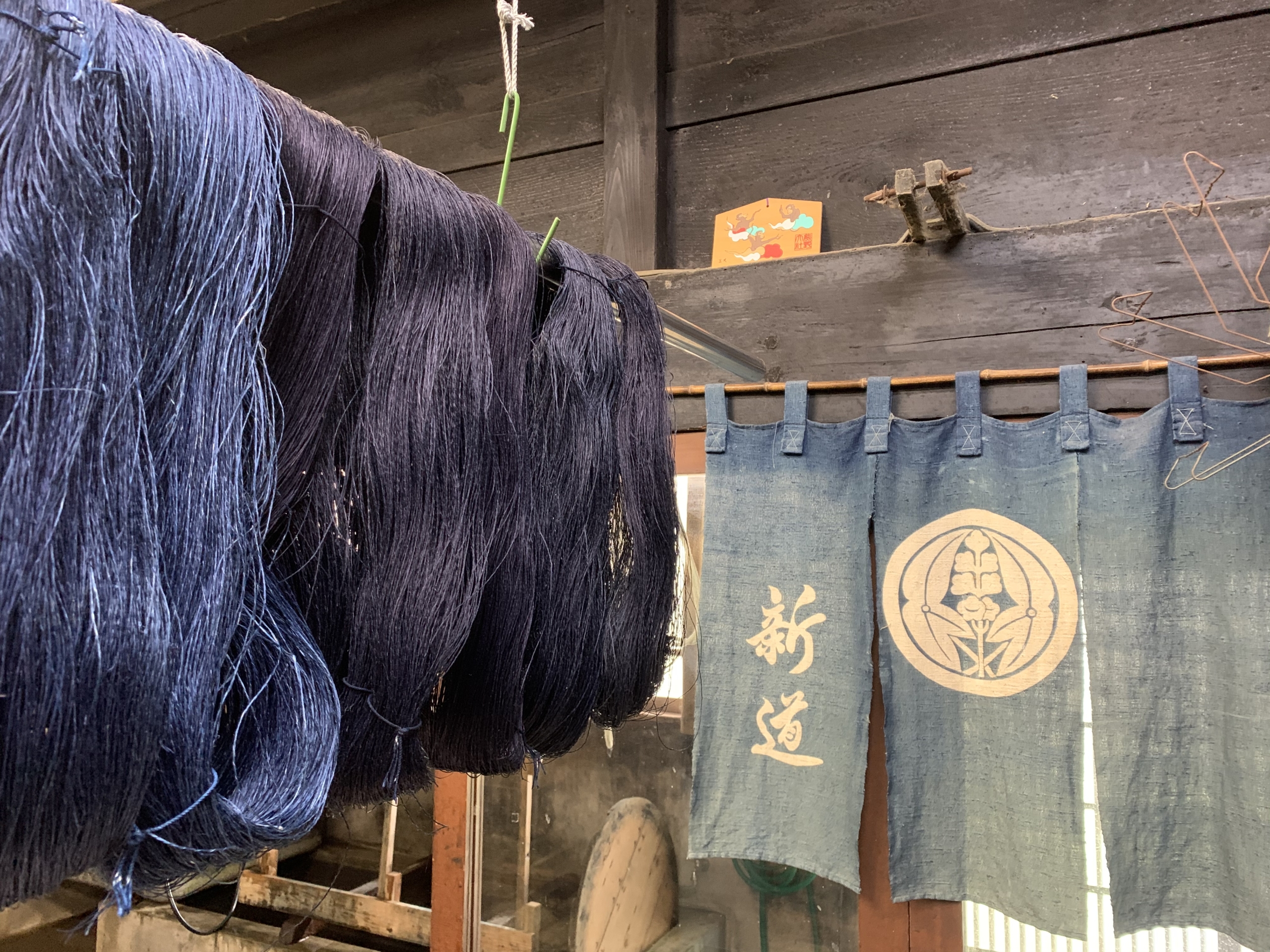
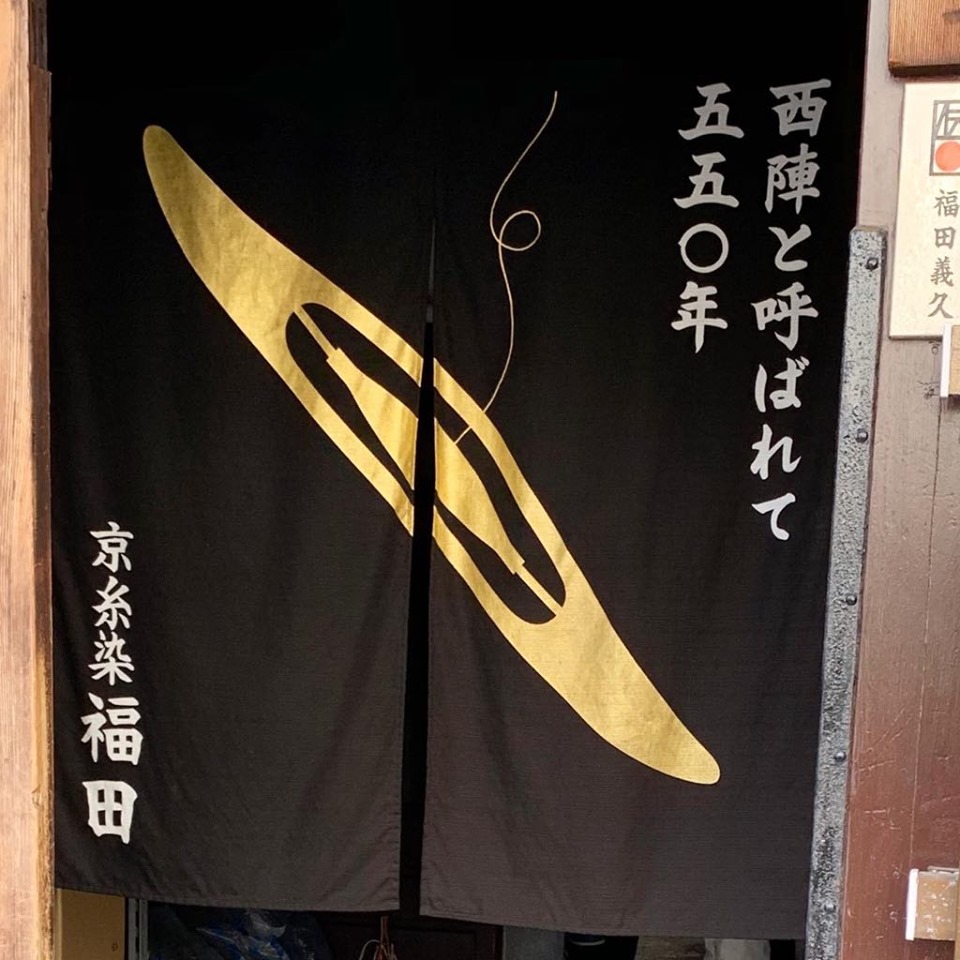
There are no comments